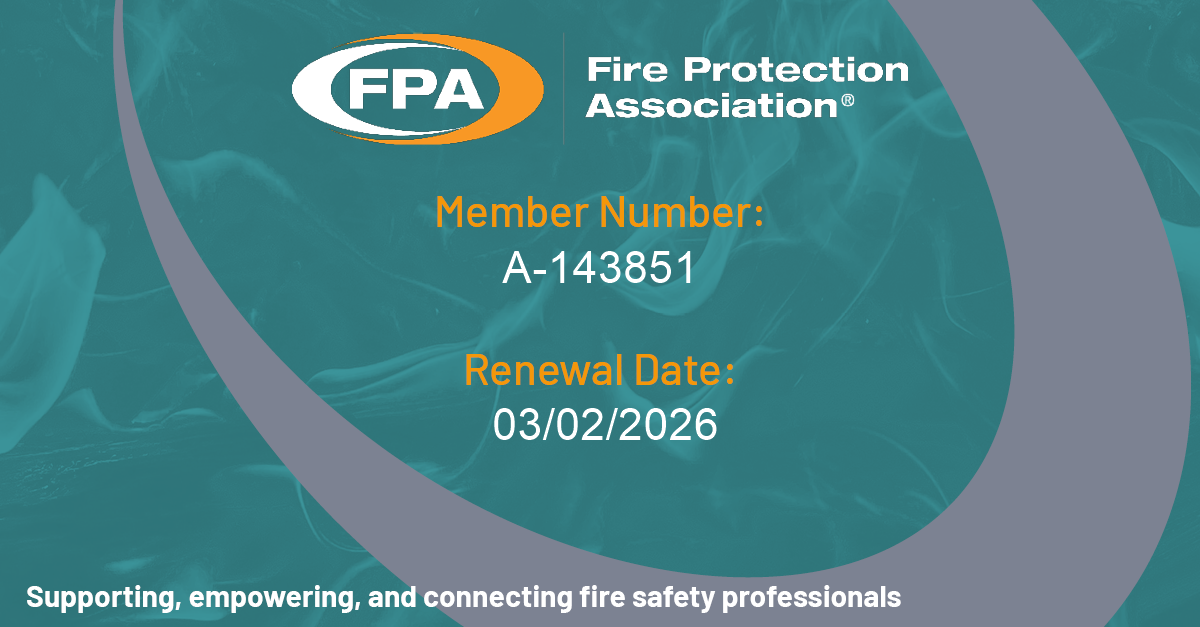Legionella is the family name of Legionella pneumophilia, the bacterium that can cause Legionnaires’ disease, a serious lung infection.
Legionella bacteria can also cause a less serious disease, Pontiac fever which is, relatively speaking, a mild flu-like illness as well as non-pneumonic Lochgoilhead fever.
Legionella bacteria are probably present at low levels in all water systems at a low level, so it is a known risk that UK employers simply cannot ignore. It must be kept under control. Find out more about Legionella control here.
The latest figures published by Public Health England (before it was replaced by the UK Heath Security Agency) show cases contracted in the community, i.e. not related to overseas travel, staying steady at about 220 a year.
Just a few months ago (June 2023) a Midlands plastics factory was fined £50,000 plus costs for not managing Legionella effectively.
Why is it called Legionnaires’ disease?
Many people assume a link to the French Foreign Legion but in fact it was an outbreak of this disease in Philadelphia in 1976, largely among people attending a state convention of the American Legion of wartime veterans, led to the name “Legionnaires’ disease.”
What are the symptoms of Legionnaires’ disease?
The disease has a long incubation period of two to 10 days so, by the time you identify the first victim, a significant outbreak could already have taken hold.
Legionella symptoms include:- Virulent pneumonia
- Dry cough, chills & headache
- Respiratory difficulties
- Diarrhoea and vomiting
- Delirium
Legionnaires’ disease requires treatment with antibiotics and most cases of this illness can be treated successfully but, according to the US Center for Disease Control, about 1 out of every 10 people who gets sick with Legionnaires’ disease will die due to complications. The fatality rate is higher in healthcare facilities where patients are already sick and immune-suppressed.
How do people catch Legionnaires’ disease?
People contract Legionellosis, which is the collective term for diseases caused by Legionella bacteria, by inhaling small droplets of water (aerosols) suspended in the air containing the bacteria. The risk from Legionella bacteria increases if the water temperature in all or some parts of the system is between 20-45 °C, which is ideal for the bacteria to grow.
So, the primary means of control is temperature, making sure water temperatures do not fall within the danger zone throughout your systems. Other factors to control can be pH and nutrient levels.
It follows that you need to know your system well and have an up-to-date asset register and risk assessment.
How does Legionella grow in a water system?
The bacterium’s natural habitat is any aquatic environment including lakes, rivers, ponds, and your building’s water system.
Given the right conditions: temperature, pH etc it will quickly multiply, with spas, showers, fire sprinklers and all cold water services especially at risk.
Do I need to test for Legionella all the time?
Is Legionella testing compulsory? That depends on your risk profile, and we explain more here.
What is the law on Legionella control?
Many overarching health and safety laws apply to Legionella control, but the bible is the HSE’s ACOP L8: Legionnaires’ disease. The control of legionella bacteria in water systems Approved Code of Practice and guidance.
Its preamble states: “This Code has been approved by the Health and Safety Commission with the consent of the Secretary of State. It gives practical advice on how to comply with the law. If you follow the advice, you will be doing enough to comply with the law in respect of those specific matters on which the Code gives advice. You may use alternative methods to those set out in the Code in order to comply with the law.”
The Code has a special legal status. It may not be mandatory but, if you are prosecuted for breach of health and safety law, and it is proved that you did not follow the relevant provisions of the Code, you will need to show that you have complied with the law in some other way, or a Court may find you at fault.
Areas covered by the ACOP L8 to pay particular attention to are:- risk assessment (in accordance with the latest 2019 guidance)
- the specific role of an appointed competent person, known as the ‘responsible person’
- the control scheme
- review of control measures
- duties and responsibilities of all those involved in the supply of water system
ACOP L8 establishes what good practice looks like. Detailed technical guidance on the practicalities of how to manage risk is given in HSG 274: Legionnaire’s disease: Technical guidance.
This technical guidance is in three parts:- Part 1: The control of legionella bacteria in evaporative cooling systems
- Part 2: The control of legionella bacteria in hot and cold water systems
- Part 3: The control of legionella bacteria in other risk systems
While senior managers may not get involved with day to day control operations and measures detailed in HSG274, they do still have overall legal responsibility and will need to ensure that risk assessments are up to date and reviewed as necessary, that all recommended actions are being taken, and that mandatory records are being kept.
Step 1 is to choose the right partner who should certainly be a member of the Legionella Control Association.
Find out more about Airmec Essential Services for water hygiene and safety.
Published: 02 October 2023 | Updated: 27 March 2024











